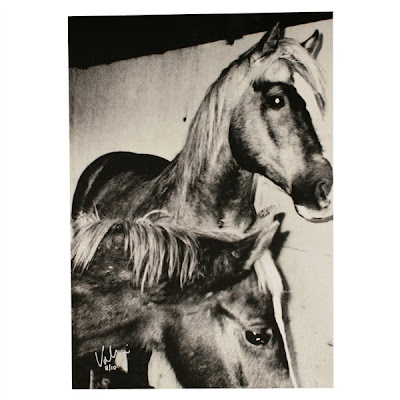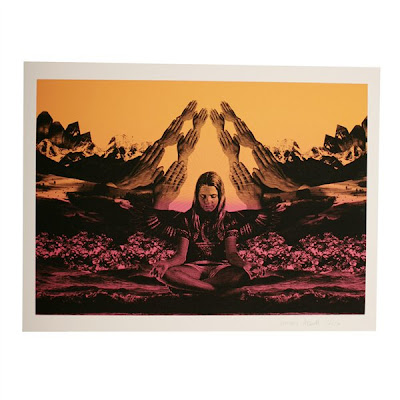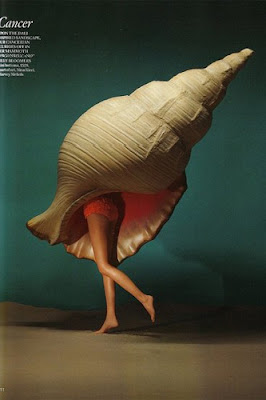How do you, do? from Instant Musings on Vimeo.
AYE OKAY
ideas. people. culture.
syndromes
via vivavenacava
Stendhal Syndrome is a psychosomatic illness that causes rapid heartbeat, dizziness, fainting, confusion and even hallucinations when an individual is exposed to art, usually when the art is particularly beautiful or a large amount of art is in a single place. The term can also be used to describe a similar reaction to a surfeit of choice in other circumstances, e.g. when confronted with immense beauty in the natural world. The illness is named after the famous 19th century French author Stendhal (pseudonym of Henri-Marie Beyle), who described his experience with the phenomenon during his 1817 visit to Florence, Italy in his book Naples and Florence: A Journey from Milan to Reggio.
Although there are many descriptions of people becoming dizzy and fainting while taking in Florentine art, especially when it was described by Italian psychiatrist Graziella Magherini, who observed and described more than 100 similar cases among tourists and visitors in Florence.
Paris Syndrome is a transient psychological disorder encountered by some people visiting or vacationing in Paris. It is similar in Nature to Jerusalem syndrome and Stendhal syndrome, which are all classified as forms of Voyager syndrome (Syndrome du voyageur).
Japanese visitors are observed to be especially susceptible. It was first noted in Nervure, the French journal of psychiatry in 2004. From the estimated six million yearly visitors the number of reported cases is significant: according to an administrator at the Japanese embassy in France, around twenty Japanese tourists a year are affected by the syndrome.
Paris syndrome is characterized by a number of psychiatric symptoms such as acute delusional states, hallucinations, feelings of persecution (delusions of being a victim of prejudice, aggression, or hostility from others), derealization, depersonalization, anxiety, and also psychosomatic manifestations such as dizziness, tachycardia, sweating, etc
Principal to the diagnosis is that the experience symptoms did not exist before the trip and disappear following a return to the sufferer’s familiar surroundings. This differs from a ‘pathological voyage’, in which psychiatric disorders are preexisting.
Language barrier- few Japanese speak French and vice versa. This is believed to be the principal cause and is thought to engender the remainder. Apart from the obvious differences between French and Japanese many everyday phrases and idioms are shorn of meaning and substance when translated, adding to the confusion of some who have not previously encountered such.
Cultural difference- the large difference between not only the languages but the manner the French communicate on an interpersonal level in comparison to the rigidity formal Japanese culture proves too great a difficulty for some Japanese visitors. It is thought that it is the rapid and frequent fluctuations in mood, tense and attitude, especially in the delivery of humor, which cause the most difficulty.
Idealized image of Paris – it is also speculated as manifesting from an individual’s inability to reconcile a disparity between the Japanese popular image and the reality of Paris.


















































